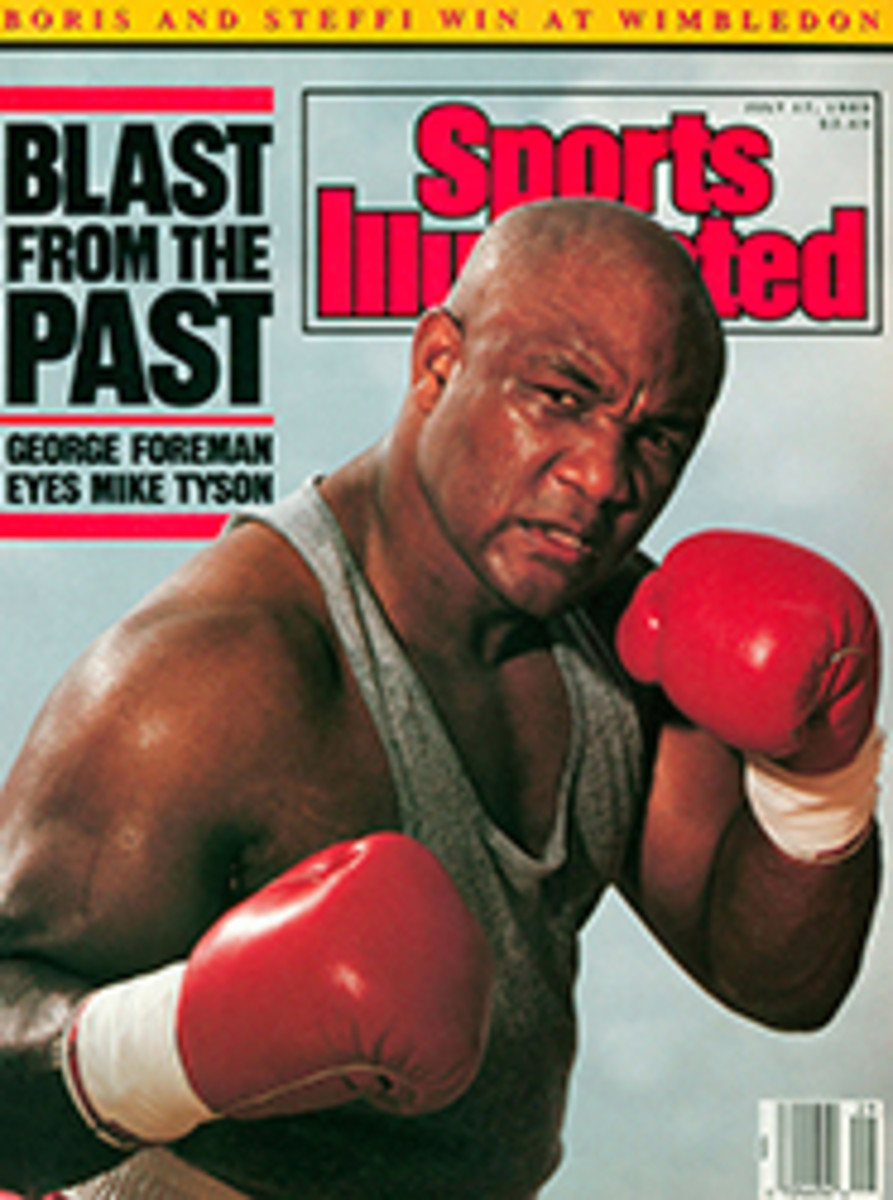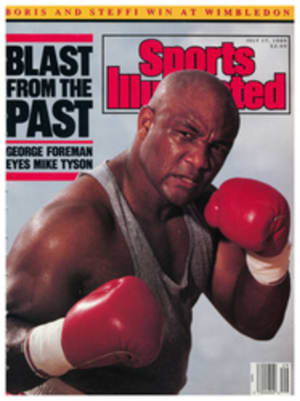
Letters
BO
I enjoyed the piece about Bo Jackson and his marvelous feats at the plate (The Big Stick, June 12). However, I take issue with Bill Buckner's reference to the "Joe College, rah-rah stuff" when speaking of Bo's enthusiasm. Maybe if Buckner had such spirit for the game, he wouldn't have allowed that ground ball hit by the Mets' Mookie Wilson to go through his legs in Game 6 of the 1986 World Series.
MICHAEL DOHERTY
Franklin, Mass.
I found it a bit ironic that Bo Jackson rated the cover billing NOBODY HITS 'EM LIKE BO, when just two weeks earlier you reported on his having passed Joe DiMaggio on the career strikeout list with 370 (INSIDE BASEBALL, May 29). I thought that a more appropriate cover billing might have read NOBODY WHIFFS LIKE BO.
CHRISTOPHER J. MILLETICS
New Cumberland, Pa.
COOPERSTOWN
Steve Wulf's article on baseball's Hall of Fame (The Stuff of Legend, June 12) brought back some wonderful memories of my pilgrimage to Cooperstown as a 10-year-old in 1964. The bucolic setting, combined with the simple dignity of the shrine, ensured that baseball would remain for me, as it has for countless others, more than just a game.
It was fascinating to note in Bret Wills's wonderful photo essay accompanying the article how little catcher's masks have changed, especially in comparison with the radical modifications that other baseball equipment has undergone. It was even more interesting to see that a mask from 1876 was attributed to a Harvard player named Fred Thayer. Was he a relative of another Harvardian of that era, Ernest Thayer, who, after heading west, wrote Casey at the Bat?
STEVEN B. BOEHM
Arlington, Va.
•The Harvard Archives can establish no relationship between Fred (class of 1878) and Ernest (1885).—ED.
The photos of the old mitts at Coopers-town help illustrate why changes in fielding gloves have affected hitting so much. Every year a plethora of articles ask, Where is the .400 hitter? Why can't today's batters hit for average? I would like to see the 1989 major league hitters play just one season against the gloves of yore. Even my trusty 1958 Pete Runnels would probably allow 15 or 20 more hits per year per batter than today's gloves. I take nothing away from Ted Williams, but I suggest that batting .406 would be more difficult against today's baseball gloves.
ALLAN GRADY
San Diego
PROTECTING PITCHERS
I applaud your article on the longevity of baseball pitchers (Are Their Days Numbered? May 22). However, it suffers from the same problem that all of the other studies of pitching suffer from—it concentrates on the arm. If pitching injuries were solely a result of early overuse, we would expect to see injuries in the anterior rotator cuff, because those are the muscles used to rotate the arm forward. In fact, most injuries occur in the posterior rotator cuff, the muscles that slow the arm down after the pitch.
I have studied physiology, and for the past 15 years I have been analyzing the mechanics of athletic motion. My studies show that these posterior rotator cuff muscles are overused in every pitcher who has poor hip flexibility. Pitchers with good hip flexibility can spread the stress of slowing down the arm to the large muscles of the back and hips. Nolan Ryan has been able to pitch long and hard because of great hip range—not just a great arm. If pitchers increased their hip flexibility, Ryan might be the norm, rather than the exception.
BOB PRICHARD
San Rafael, Calif.
BO WHO?
Re: The Big Stick by Peter Gammons.
As a Michigander, I just wanted to get something straight about who people mean when they say Bo.
MICHELLE EMERY
Canton, Mich.
PHOTO
KEN REGAN/CAMERA 5
PHOTO
JOHN IACONO
Letters to SPORTS ILLUSTRATED should include the name, address and home telephone number of the writer and should be addressed to The Editor, SPORTS ILLUSTRATED, Time & Life Building, Rockefeller Center, New York, N.Y. 10020-1393.

